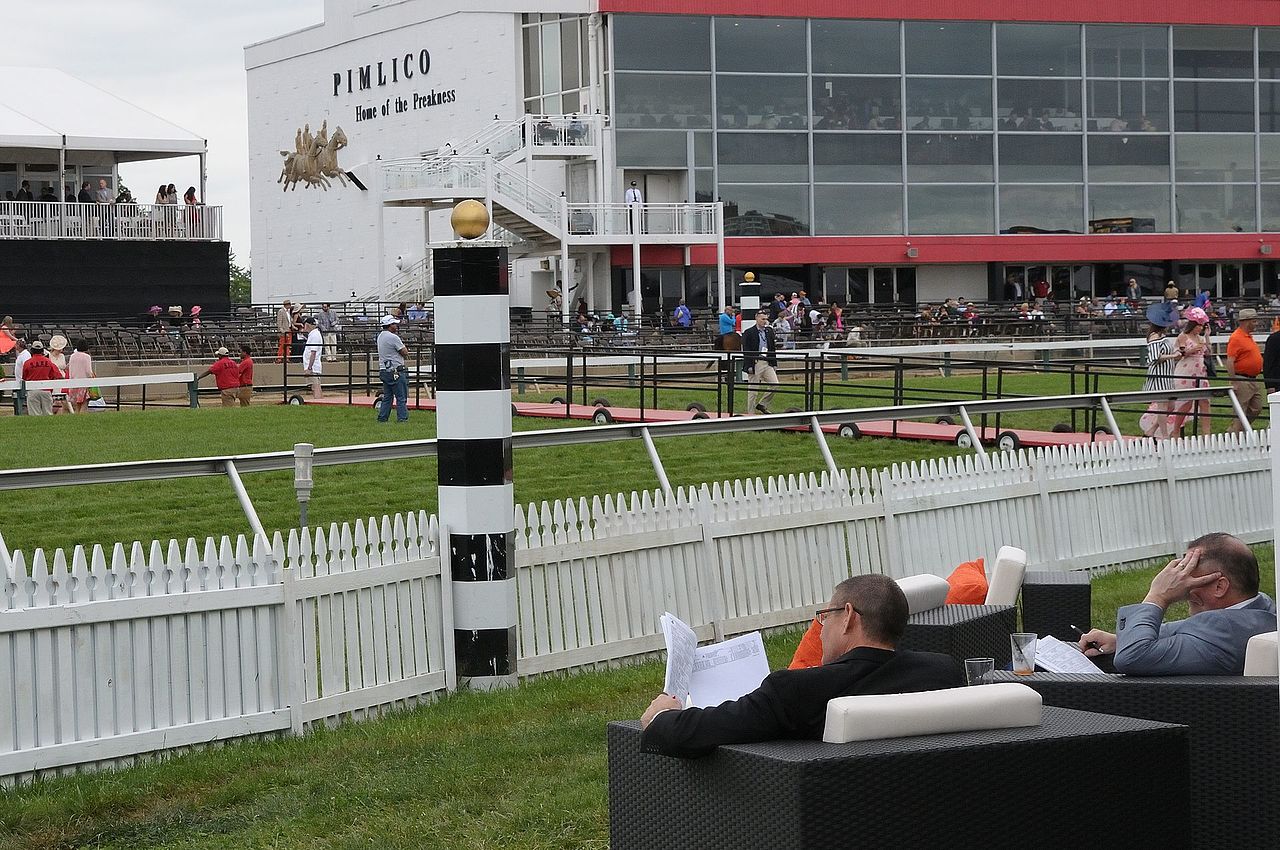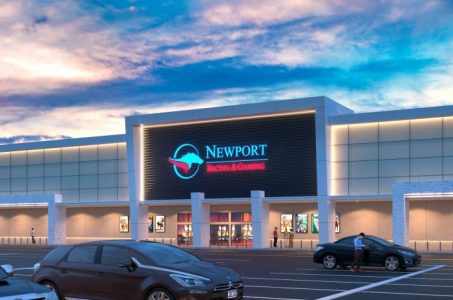Preakness Stays in Baltimore as Bill Passes Without Governor Signing, 2020 Date Still Uncertain
Posted on: May 9, 2020, 02:50h.
Last updated on: May 10, 2020, 12:08h.
The Preakness will stay in Baltimore. On Thursday, a bill that set aside funding to renovate Laurel Park and Pimlico Race Course, the latter which hosts the second leg of horse racing’s Triple Crown, became law when Maryland Gov. Larry Hogan – who didn’t sign the bill – declined to veto the legislation.

Senate Bill 987 allows the Maryland Stadium Authority to release $375 million in bonds for work at the two horse tracks. The money would be repaid through subsidies the tracks receive from the state’s casinos over a 30-year period.
Under the plan, at least $180 million of the funding would be used to transform Pimlico into a multipurpose development owned by the city of Baltimore or a designated entity. The Stronach Group (TSG), which currently owns both Maryland tracks, would then race the Preakness there – even as it undergoes a lengthy renovation. City and Stronach officials first announced the agreement last fall.
The Pimlico clubhouse would be razed and replaced with a community center. Temporary seating would be installed for the race, which typically draws 100,000 fans or more each year.
“Bright Future” Ahead for Maryland Racing
The redevelopment plan now enacted into law put an end to a contentious period between Baltimore and Stronach officials concerning the future of the historic race.
Previously, TSG sought to close the rundown Baltimore course and renovate Laurel into a deluxe track that would race year-round. That led to city officials taking the company to court to keep the Preakness in Charm City.
In a statement Thursday, Alan Riskin, an attorney for the TSG-owned Maryland Jockey Club and the Preakness, called the law a “defining moment” for Maryland racing
The Act, which addressed vexing issues that had long challenged the industry, now allows for the bright future and optimism of the Preakness at Pimlico for generations to come, year-round racing at Laurel Park making it the epicenter of training and racing in the Mid-Atlantic, and the unprecedented reinvestment in the communities of interest served by the tracks,” he said.
The remaining funds from the bond issue will go toward’s Laurel’s transformation. That will include a new clubhouse for that track, which is located halfway between Baltimore and Washington, DC, and a synthetic-surface track will also be installed.
Riskin added that both Laurel and Pimlico are both “near shovel-ready” projects that will help jump-start the state’s financial recovery from the coronavirus pandemic.
2020 Running Still Up in the Air
The Preakness was initially scheduled to run next Saturday. But that will not happen with racing still dark in Maryland and Pimlico still serving as a COVID-19 test site.
In April, The Stronach Group announced it would reschedule the Preakness.
It seemed as if a new date was found earlier this week when reports circulated that it would take place on Oct. 3. However, a statement by Stronach officials refuted that report.
“The Stronach Group/Maryland Jockey Club is aware that a potential date for Preakness 145 has been announced,” the company said. “At this point, there is no definitive date set, and we continue to explore options. Once a date for Preakness 145 has been finalized, an official announcement will be made.”
An Oct. 3 Preakness would come nearly a month after the Kentucky Derby, currently slated for Sept. 5. It would also make a Triple Crown an impossibility for 2020 since the Breeders’ Cup Classic is set Nov. 7, unless the New York Racing Association chose to run the Belmont Stakes either before the Derby or between the Derby and Preakness.
Related News Articles
Most Popular
LOST VEGAS: The Foster Brooks Robot at MGM Grand
Bally’s Sets Date for Tropicana Las Vegas Implosion & Party
Most Commented
-
VEGAS MYTHS RE-BUSTED: You Don’t Have to Pay Resort Fees
— August 2, 2024 — 16 Comments -
VEGAS MYTHS RE-BUSTED: Elvis Was a Straight-Up Racist
— August 9, 2024 — 11 Comments -
ANTI-SOCIAL BEHAVIOR: Vegas Casino Buffet Stunt in Poor Taste Goes Viral
— August 16, 2024 — 7 Comments -
VEGAS MYTHS RE-BUSTED: The Strip Tried Appealing to Families and Failed
— August 23, 2024 — 7 Comments
















Last Comments ( 2 )
Oct 3rd would be good for the Preakness. So you have to run the Belmont December 5th. How many 3 year olds are going to run in the Breeders Cup in the middle of the triple crown. Or run the Belmont on the day after the breeders cup on November 8th. If nobody wins both the Derby and Preakness and there will be no Triple Crown winner than they can just cancel the Belmont and the best 3 year olds run in the Breeders Cup.
The decision to keep the Preakness in Baltimore is great news.